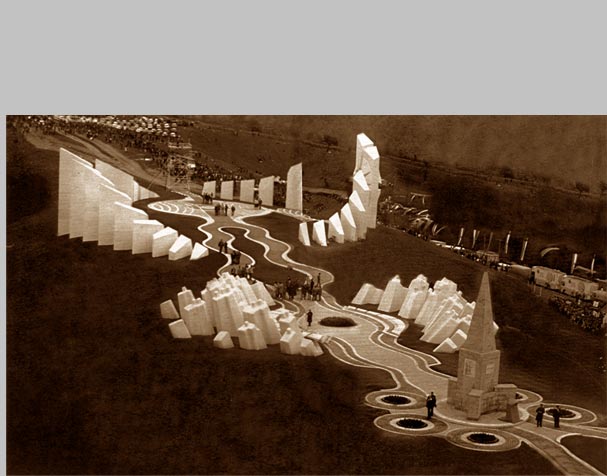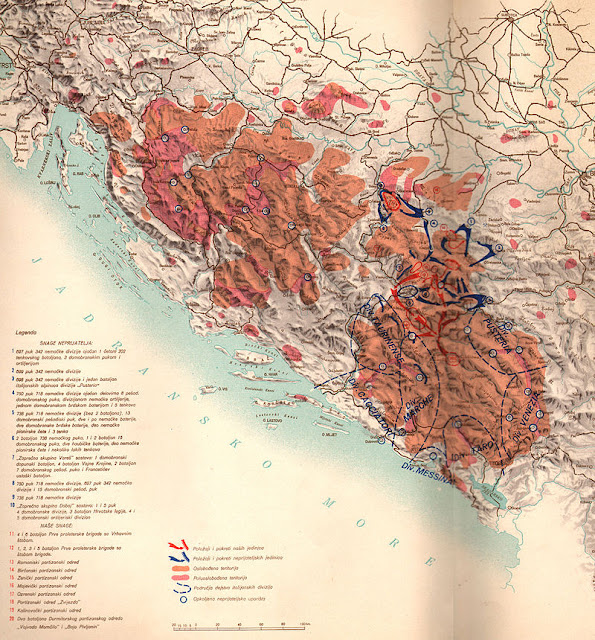The Seven Enemy Offensive – The Seven Monuments

The first enemy offensive - the first monument Operation Uzice, in Yugoslav historiography known as the First Enemy Offensive, the German clampdown on the uprising in Serbia in autumn 1941. The operation launched by the German occupying forces in cooperation with the quisling forces against partisan detachments and the Supreme Headquarters of the National Liberation Movement of Yugoslavia, organized in a so-called free territory. The Republic of Uzice. The offensive was launched in mid-September and lasted until the beginning of December 1941. The memorial complex "Kadinjača" near Uzice testify about the November days in 1941 when members of the Workers Battalion of Uzice Partisan Unit, commanded by Andrija Đurović, offered fierce resistance far more powerful enemy who was at that time conducting an offensive on the liberated territory "Uzice Republic". The fighters of the Workers Battalion bravely died in the Battle of Kadinjaca 29 November 1...




